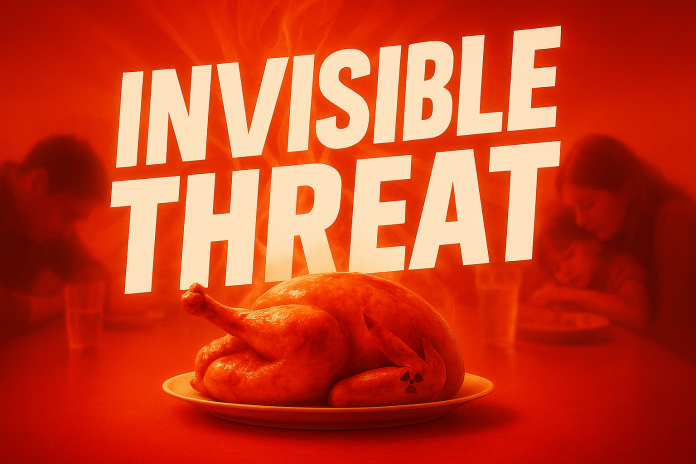St. Louis, MO – As Thanksgiving gatherings fill homes across Missouri, health officials are urging residents to be alert for a silent, invisible killer that may already be inside. The Centers for Disease Control and Prevention (CDC) and the Missouri Department of Health and Senior Services (DHSS) are warning about radon, a radioactive gas that poses a serious threat during the cold-weather season when homes are sealed tight.
Radon is formed when uranium in rock and soil naturally decays, releasing gas that seeps into homes through cracks, sump pits, or drains. Because it has no smell, taste, or color, it can go completely undetected without testing — even in new or well-built homes.
The U.S. Environmental Protection Agency (EPA) classifies radon as the second-leading cause of lung cancer in the nation, responsible for more than 21,000 deaths each year. Missouri ranks among the higher-risk states, particularly in central and northern counties — including St. Louis, Columbia, and Jefferson City — where soil composition allows radon to accumulate more easily.
Testing is the only way to identify radon. Short-term test kits, available online, at hardware stores, or through the Missouri Radon Program, cost less than $25 and deliver results within days. If levels reach 4 picocuries per liter (pCi/L) or higher, the EPA recommends taking immediate mitigation steps.
Certified mitigation professionals can install ventilation systems that draw radon from beneath the foundation and vent it safely outdoors — reducing indoor levels by up to 90%. Sealing foundation cracks and increasing airflow can also help temporarily.
“Radon doesn’t take a holiday,” said CDC officials. “Testing your home this Thanksgiving could be one of the most important steps you take to protect your family’s health.”
With families across Missouri gathering indoors this week, health leaders are encouraging residents to make radon testing part of their winter home safety checklist — before this silent killer lingers into the new year.





